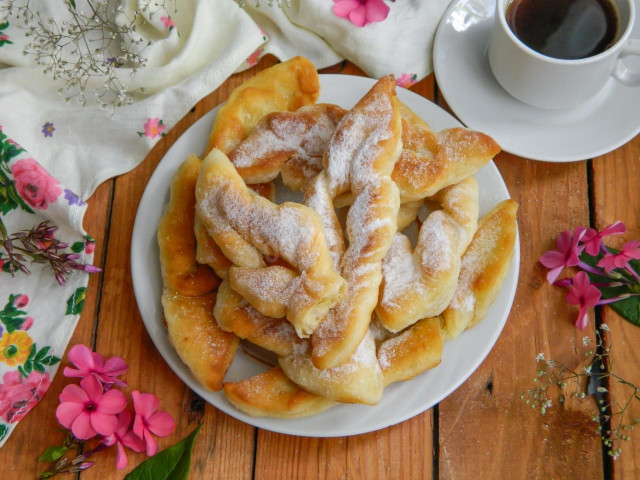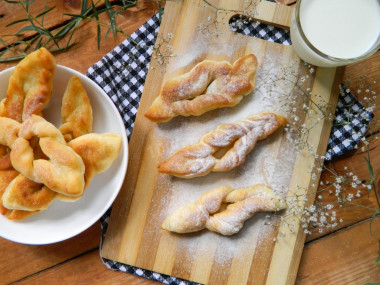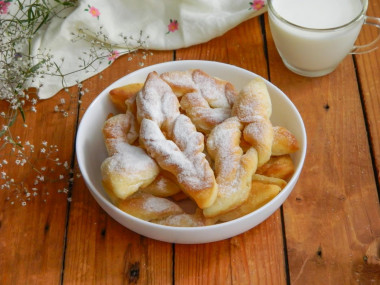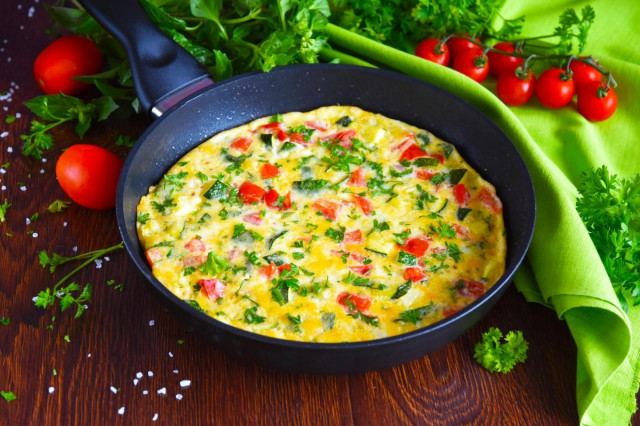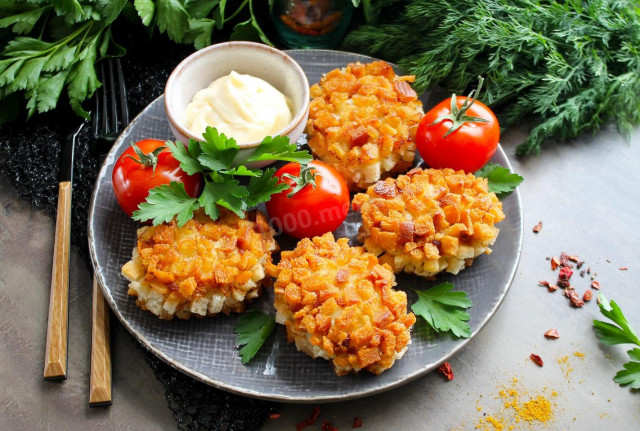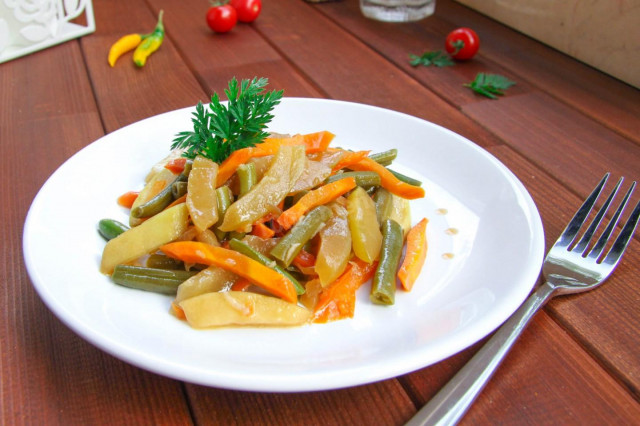Composition / ingredients
Step-by-step cooking
Step 1:

Prepare all the necessary ingredients for cooking taratushki on kefir. Take the flour of the highest grade. An egg will fit any size. If you don't have powdered sugar, you can make it yourself by grinding sugar in a coffee grinder. This is better ready-made, since in addition to sugar there will be no impurities in it, which are usually added to the powder so that it remains crumbly. Sour milk can be used instead of kefir.
Step 2:
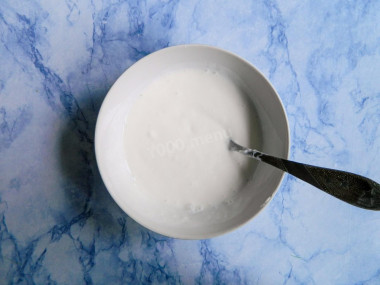
Kefir must be taken out of the refrigerator in 1-1.5 hours. In order for the dough to be successful, it must be at room temperature. In a separate container, mix kefir with soda and stir to start the reaction.
Step 3:

The egg should also be at room temperature. Wash it with a special food soap, dry it with a towel or napkin and break it into a bowl with kefir. Add sugar, salt, vegetable oil and whisk with a fork or whisk until smooth. Adding salt enhances the taste.
Step 4:

Take a deep bowl in which it will be convenient to mix dry and liquid ingredients. Sift half of the flour into it to sift out small debris and the dough is saturated with oxygen. In a bowl with flour, add the liquid component to make the dough successful. Knead the dough.
Step 5:

Add the remaining flour in small portions. When it becomes difficult to knead with a spoon, start doing it with your hands. Knead the dough thoroughly.
Step 6:

It should be very gentle and not stick to your hands. Do not make the dough steep, so as not to get rubber rattles instead of soft ones.
Step 7:
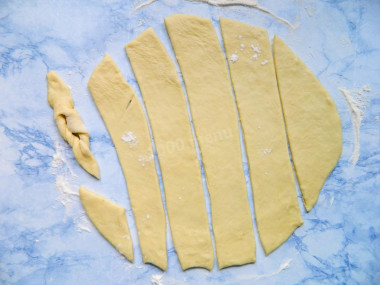
Roll out the dough on a work surface sprinkled with flour into a layer 0.6-0.8 cm thick. Cut with a regular or curly knife into strips 3-5 cm wide and then into diamonds. In the middle of each piece of dough, make an incision and turn through it first one edge from bottom to top, then the other from top to bottom. You can show imagination in the process and introduce children to modeling. Sprinkle your hands, knife and rolling pin with flour so that the dough does not stick.
Step 8:

For frying, take a frying pan with high sides. Pour a lot of oil, but so that the rattles do not float in it. Heat the oil over medium heat, because it is dangerous to work with hot oil and you can get burned. Fry the taratushki over medium heat on both sides until lightly browned.
Step 9:
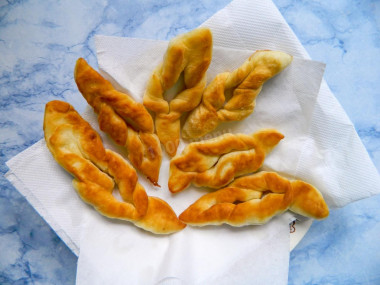
Put the finished taratushki on paper towels to remove excess oil.
When the butter drains and the taratushki cool down a little, sprinkle them with powdered sugar. Serve them with tea, coffee and milk.
Taratushki are soft, tender and not very sweet. If you like sweeter pastries, add more sugar to the dough or use more powdered sugar. Don't forget - the sweeter the dough, the faster it burns.
Keep in mind that for frying you may need either more or less vegetable oil than indicated in the recipe. It depends on the dishes, on the properties of the dough and the oil itself.
Be prepared for the fact that you may need more or less flour than indicated in the recipe. Focus not on the amount of flour, but on the desired consistency of the dough. To avoid mistakes, read about flour and its properties!
Use oil with a high smoking temperature for frying! Any oils are useful only until a certain temperature is reached - the point of smoking, at which the oil begins to burn and toxic substances, including carcinogens, are formed in it.
Unrefined oils, with rare exceptions, have a low smoking point. There are a lot of unfiltered organic particles in them, which quickly begin to burn.
Refined oils are more resistant to heating, and their smoking point is higher. Make sure that you use oil with a high smoke point. The most common of the oils with a high smoking point: refined varieties of sunflower, olive and grape.
You can check whether the oil has warmed up well enough in a frying pan in a simple way. Lower a wooden spatula into it. If bubbles have gathered around it, then you can start the frying process.
Caloric content of the products possible in the composition of the dish
- Whole durum wheat flour fortified - 333 kcal/100g
- Whole durum wheat flour, universal - 364 kcal/100g
- Flour krupchatka - 348 kcal/100g
- Flour - 325 kcal/100g
- Granulated sugar - 398 kcal/100g
- Sugar - 398 kcal/100g
- Kefir fat - 62 kcal/100g
- Kefir of 1% fat content - 38 kcal/100g
- Low-fat kefir - 30 kcal/100g
- Kefir "doctor beefy" 1,8% fat content - 45 kcal/100g
- Kefir 2.5% fat content - 53 kcal/100g
- Vegetable oil - 873 kcal/100g
- Salt - 0 kcal/100g
- Powdered sugar - 374 kcal/100g
- Baking soda - 0 kcal/100g
- Chicken egg - 80 kcal/100g

